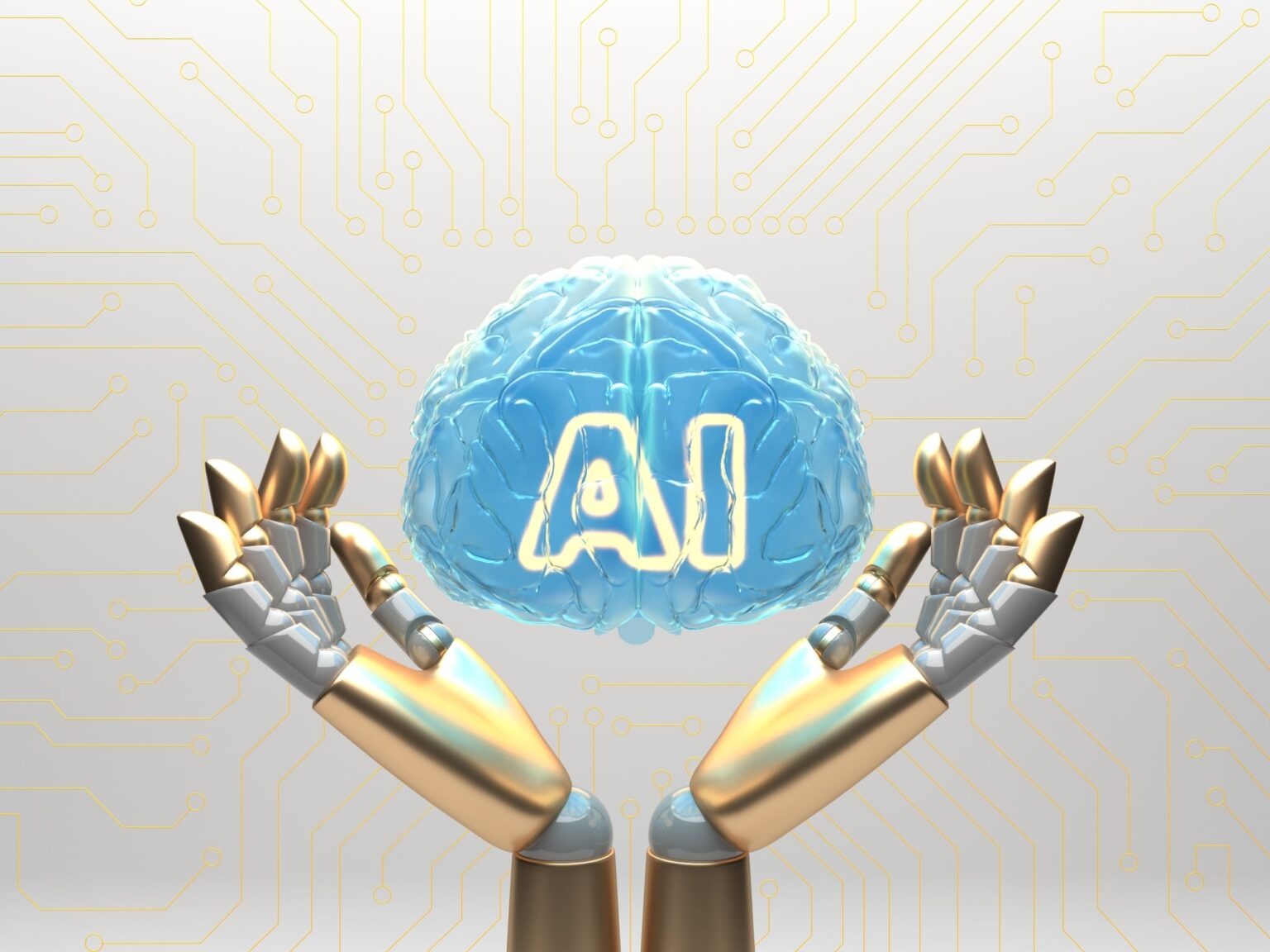Serverless AI is the convergence of serverless computing and artificial intelligence (AI) technologies. Serverless computing, also known as Function as a Service (FaaS), is an execution model where cloud providers dynamically allocate and manage computing resources to execute code in response to events or triggers, without the need for provisioning or managing servers. AI, on the other hand, involves the development and deployment of intelligent systems that can perform tasks that typically require human intelligence.
The intersection of serverless computing and AI brings several benefits and opportunities:
-
Cost Efficiency: Serverless computing allows AI applications to scale dynamically and only incur costs when the AI functions are executed. With serverless AI, organizations pay only for the actual usage of AI services, which can be more cost-effective compared to maintaining dedicated AI infrastructure.
-
Scalability and Elasticity: Serverless AI leverages the auto-scaling capabilities of serverless platforms to handle varying workloads and seamlessly scale AI functions based on demand. This enables efficient resource allocation and ensures optimal performance even during peak periods.
-
Rapid Development and Deployment: Serverless computing simplifies the deployment of AI models and algorithms by abstracting away the infrastructure management. Developers can focus on writing the AI code and utilize serverless platforms to handle deployment, scaling, and resource allocation, reducing the time and effort required for deployment.
-
Event-Driven AI: Serverless computing models are inherently event-driven, allowing AI functions to be triggered by specific events or triggers, such as new data arriving or user interactions. This enables real-time or near real-time AI capabilities, making it suitable for applications like chatbots, recommendation systems, fraud detection, and sentiment analysis.
-
Microservices Architecture: Serverless AI promotes the decomposition of AI applications into smaller, independent functions, following a microservices architecture. Each function can focus on a specific AI task, such as image recognition, natural language processing, or data analysis, enabling modular and reusable AI components.
-
On-Demand AI Services: Serverless AI allows organizations to expose AI capabilities as on-demand services that can be consumed by other applications or systems. This enables easy integration of AI functions into existing workflows, applications, or APIs, facilitating the development of intelligent and data-driven solutions.
-
Automatic Scalability and Load Balancing: Serverless platforms handle the automatic scaling and load balancing of AI functions, ensuring optimal performance even under varying workloads. This eliminates the need for manual scaling and resource management, freeing up developers to focus on AI model development and optimization.
Despite the benefits, there are some considerations when working with serverless AI:
-
Cold Start Latency: Serverless functions may experience a latency delay known as a “cold start” when invoked for the first time or after a period of inactivity. This can impact the responsiveness of real-time AI applications that require immediate results.
-
Resource Limitations: Serverless platforms have resource limitations such as execution time limits and memory constraints. These limitations may affect the complexity and size of AI models that can be deployed using serverless computing.
-
Integration Challenges: Integrating serverless AI with existing systems, data pipelines, or legacy infrastructure may require additional effort and considerations. Proper integration mechanisms, data flows, and compatibility with existing tools and services should be addressed.
-
Data Privacy and Security: Serverless AI relies on cloud platforms, raising concerns about data privacy and security. Organizations must ensure that sensitive data is handled and processed securely, following best practices for data encryption, access controls, and compliance regulations.
Serverless AI offers a compelling approach for building scalable, cost-efficient, and event-driven AI applications. By leveraging the benefits of serverless computing, organizations can accelerate AI development and deployment, drive innovation, and unlock the potential of intelligent systems in various domains.



